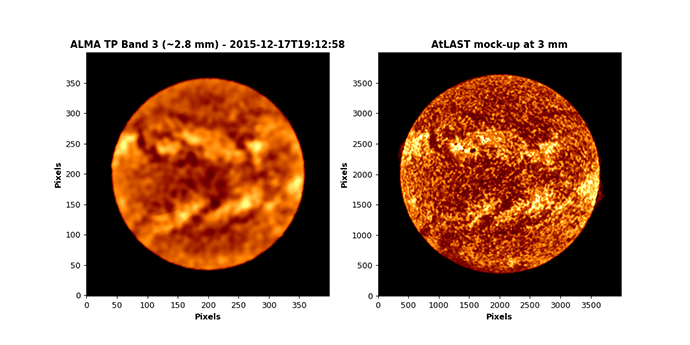Mats Kirkaune, from Fannrem in Norway, embarked in autumn 2023 on an exciting journey in the realm of solar physics as a PhD candidate at RoCS - Rosseland Centre for Solar Physics.
Having previously completed both his bachelor's and master's degrees at the Institute of Theoretical Astrophysics (ITA), Mats is no stranger to the institute and its dedicated team of researchers. In this interview, Mats shares insights into his academic background, his journey to RoCS, and the intriguing aspects of his current PhD project.
Academic background
Mats' academic journey began in high school when he discovered the possibility of studying astrophysics in Norway, leading him to the University of Oslo, the sole option for pursuing this field in Norway.
Moving to Oslo for his bachelor's in "Physics and Astronomy," Mats later continued with a master's in "Astronomy" with a focus on solar and stellar physics.
- I know some of my international colleagues insist on Oslo being tiny, but compared to my hometown it is huge, so I had to adapt to “big city” living.
Research focus and PhD project
Mats' PhD project delves into the search for nanoflares in archival millimeter observations, aiming to estimate their contribution to heating the Sun's atmosphere. Leveraging solar observations obtained with the Atacama Large Millimeter/submillimeter Array (ALMA), Mats explores the potential of extending this search with the planned Atacama Large Aperture Submillimeter Telescope (AtLAST - a single-dish telescope meant to observe in the same frequencies as ALMA). The project is primarily observational, complemented by the analysis of existing numerical simulations, offering a comprehensive approach to understanding nanoflares at millimeter wavelengths.

Methodology and tools
To answer the central question of his research, Mats employs a combination of observational techniques and analysis of numerical simulations. The Solar ALMA Science Archive (SALSA) serves as a valuable resource for archival ALMA observations, providing the data needed for his investigations. Additionally, Mats utilizes the MARIA code, developed at the European Southern Observatory (ESO), to study the impact of instrumental properties on solar observations at millimeter wavelengths. With this interdisciplinary approach Mats is committed to gaining a holistic understanding of solar physics.
Experience at RoCS and expectations
Mats describes his experience at the Institute of Theoretical Astrophysics as nothing short of amazing. The supportive and knowledgeable colleagues at RoCS and ITA have made his transition into the PhD program smooth and enriching.
Mats anticipates advancing his understanding of the Sun and aims to become an independent researcher as he navigates through his doctoral studies.

Personal interests
Beyond his academic pursuits, Mats enjoys his spare time by engaging in various activities. Video games, movies, and books, spanning genres from fantasy and sci-fi to documentaries, captivate his interests. Works like "The Lord of the Rings," "A Song of Ice and Fire," "Star Wars," and "Harry Potter" are all frequently either rewatched or reread (or both). Mats also expresses a passion for history, spanning from ancient Rome to the events of the Second World War.
Mats' journey from Fannrem to RoCS reflects his dedicated pursuit of knowledge in the field of solar physics. Embarking on his PhD journey, he brings both academic rigor and a curiosity-driven spirit to unravel the mysteries of our closest star.
